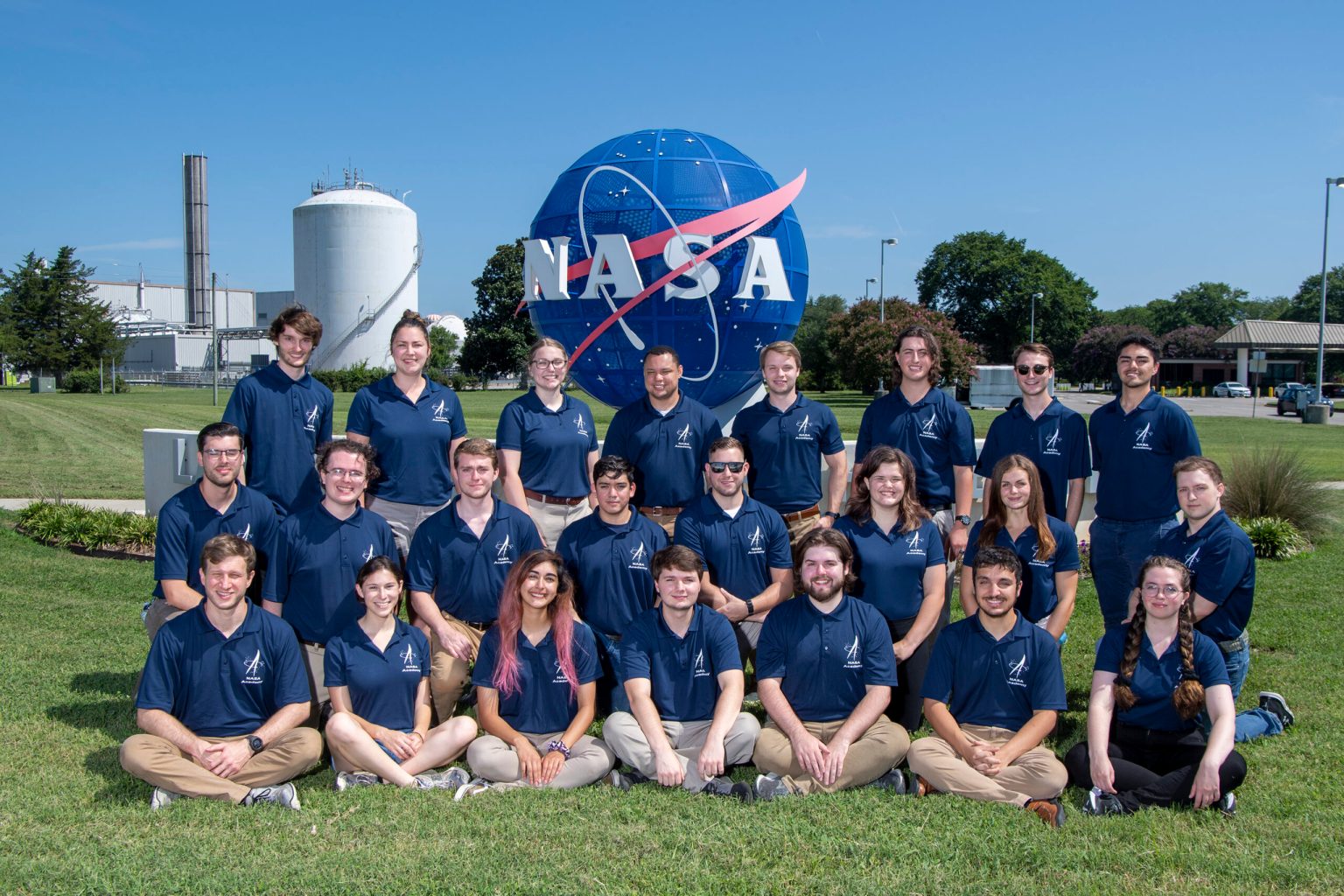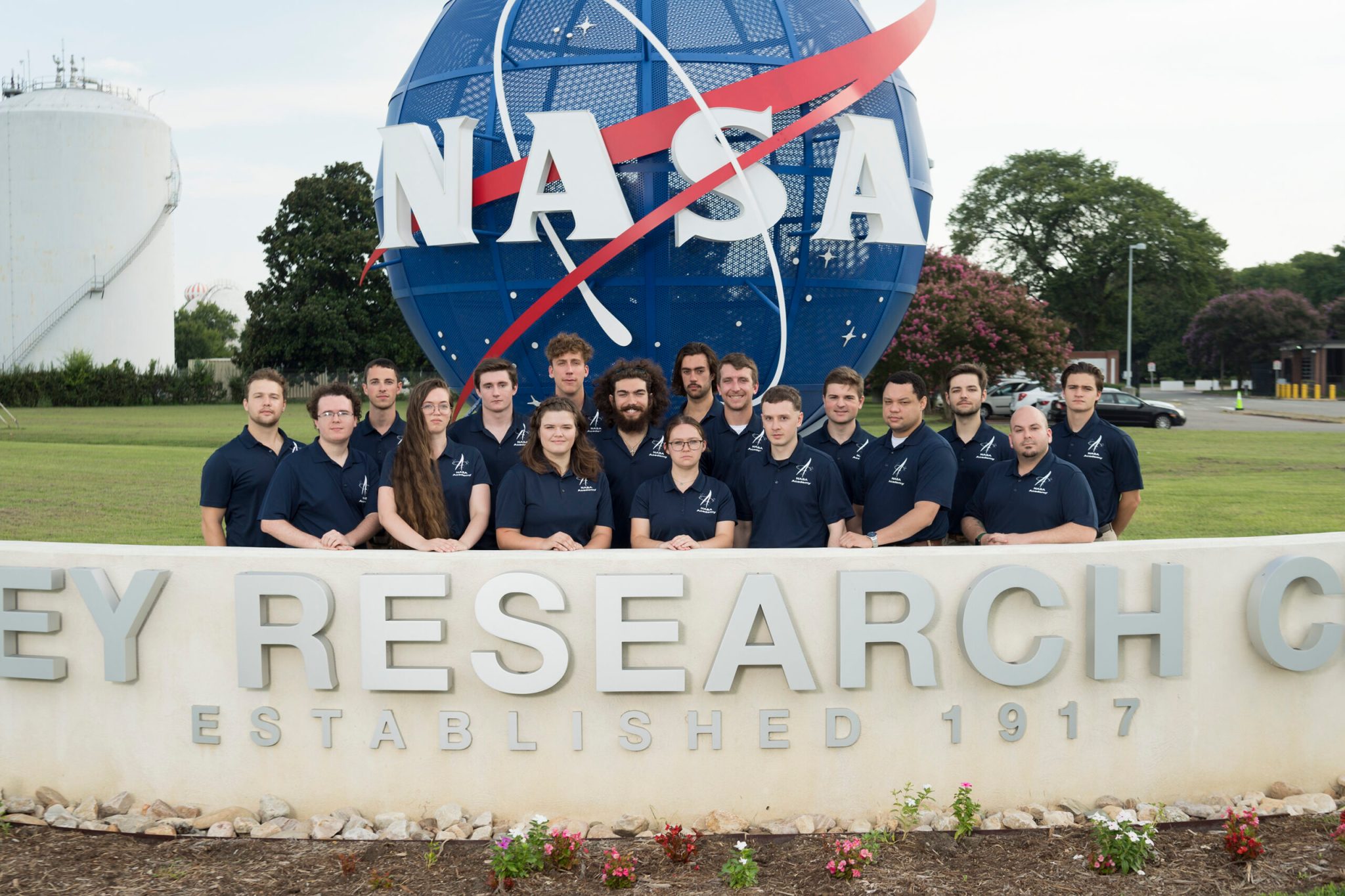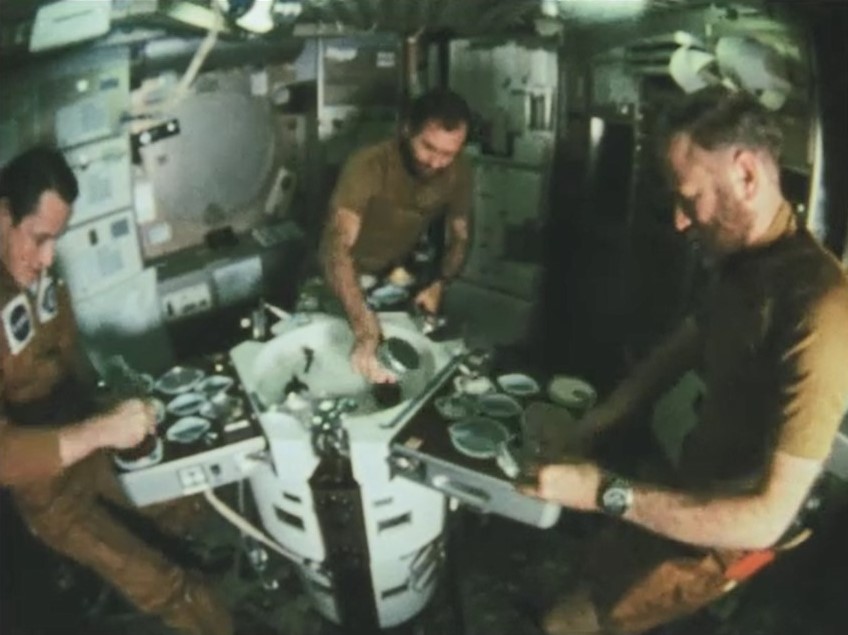NASA Academy at Langley Research Center

About the NASA Academy at Langley
Langley’s NASA Academy’s rigorous and diverse summer research program prioritizes collaboration, teamwork, leadership, innovation, and creativity.
Academy participants experience the challenges aerospace professionals face while conducting their research. Along with a team research project, the program includes:
- Invited lectures on technical topics
- Weekly discussions with NASA professionals
- Access to NASA’s advanced research facilities
What are the eligibility requirements?
- Be a U.S. Citizen
- Be pursuing a major in Engineering (Aero, Computer, Electrical, Mechanical, Systems), Computer Science, Mechatronics, Electronics Technology, Applied Math, Applied Physics, or a similar field.
- Be a full-time student or recent graduate with a minimum GPA of 3.2 or higher.
- Candidates are preferred to have completed at least three full college years (except for two-year college students transferring to a four-year institution), but those who have completed two full college years are welcome to apply.
Duration: The summer program runs for 10-12 weeks, from mid-May through August. The exact dates will be determined before the start of the program.
How to Apply?
To apply, you must submit a personal statement, a current resume, an unofficial transcript, two letters of recommendation from supervisors or college professors, and contact information (emails/phone) for the two references. Ready to apply? Please visit the Academy Application website to apply and learn more information about the eligibility requirements.
If you have any questions, please contact Dr. Elizabeth Ward, Program Director, at elizabeth.b.ward@nasa.gov.

Learn more about past NASA Academies
The 2022 Academy had 17 students nationwide and multidisciplinary participation from multiple states.
The 2021 NASA Academy at Langley Research Center had 23 students from 16 different universities and six different disciplines. They were able to spend time on the center for one day to test sensors they had developed for a NASA UAV.
from NASA https://ift.tt/tTv9l3C


No comments:
Post a Comment